I recently toured a materials recovery facility in South Los Angeles that processes residual materials from materials recovery facilities. Now, before I get too far into the weeds, I should explain what a materials recovery facility is.
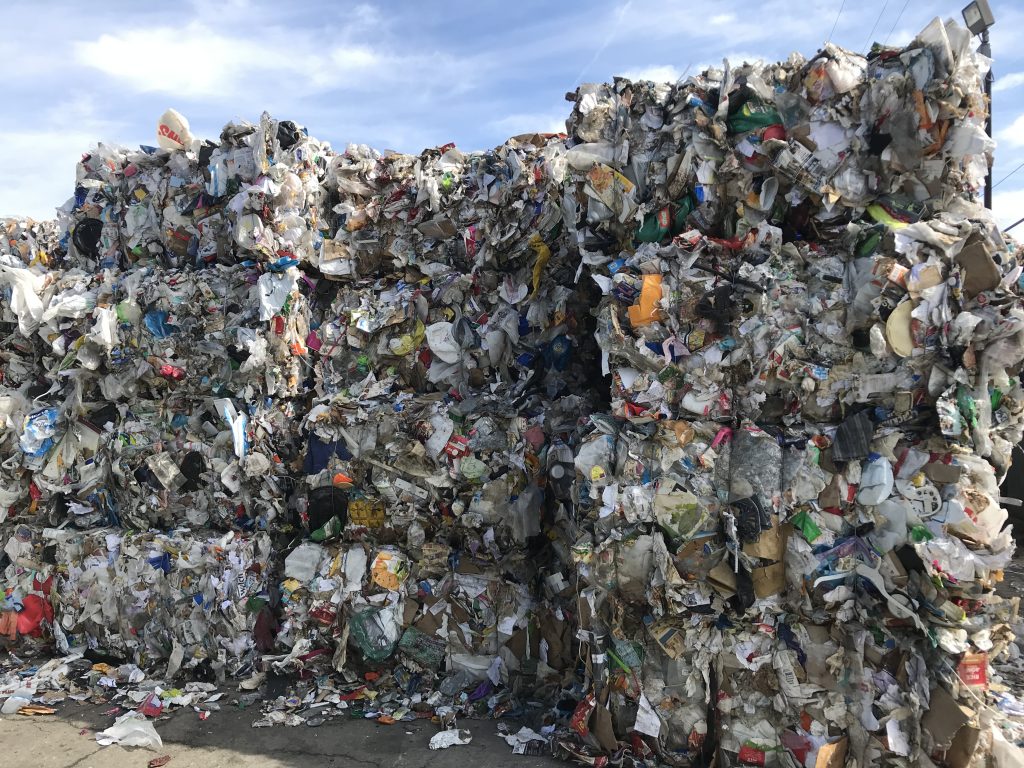
Many of us who live in single-family homes, and increasingly those like me who live in multi-family dwellings, are accustomed to having a bin for solid waste, recycling and yard waste. Once materials placed in the recycle bin are collected, they are typically brought to a materials recovery facility for processing.
Materials recovery facilities, or “MRFs,” as they are known, do not actually recycle materials. Instead, they utilize a combination of equipment and humans to sort through and recover as much valuable material as possible.
The human capital is pretty straightforward, where different roles are responsible for different aspects of the process. In some facilities, employees look to remove contamination and in others, they look to remove the materials of value.
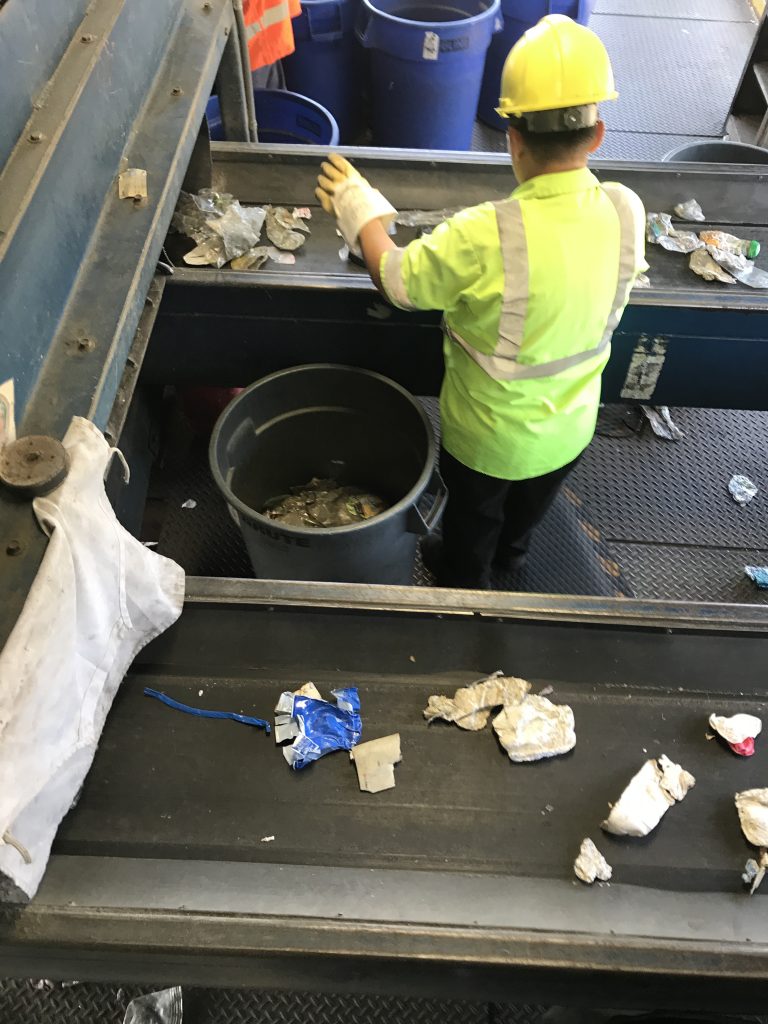
The technology, on the other hand, can vary drastically from facility to facility. Some facilities rely mostly on their human capital to sort and isolate materials, whereas facilities are increasingly relying on technology to do the majority of the work. Lasers are used to identify plastics by type. Magnets isolate metals. Air and oscillating pieces of equipment separate paper. Honestly, I’m not exactly sure what is happening at any given moment!
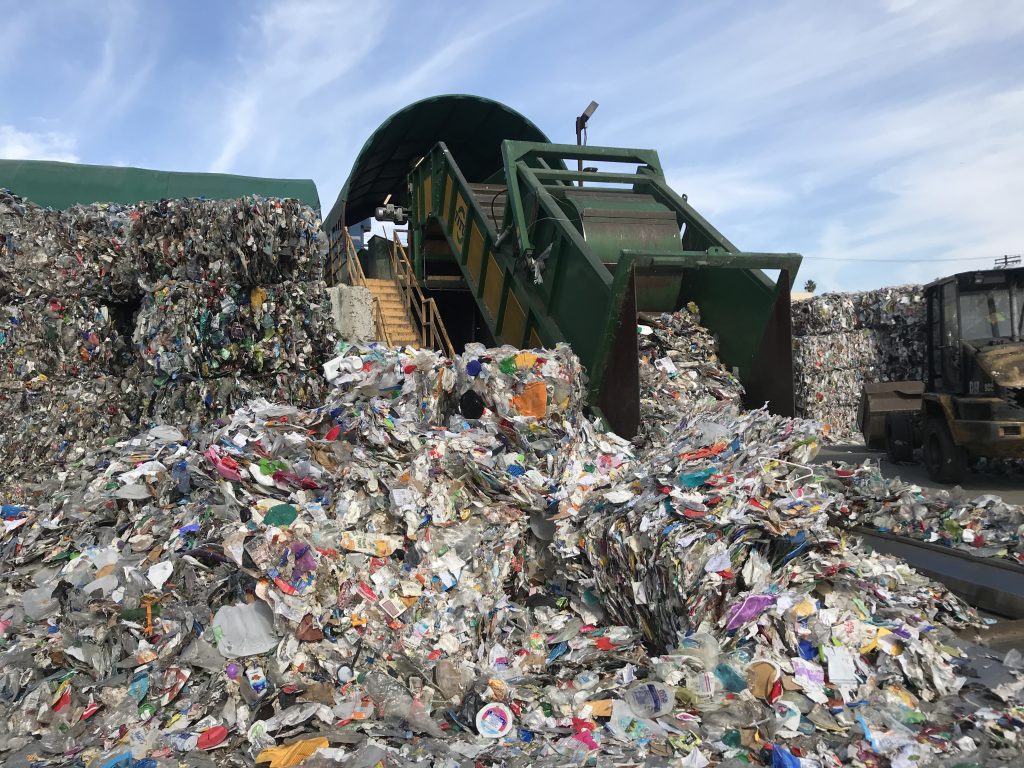
What I do know is that these facilities are setup to move materials through quickly, which means a lot of the material literally falls through the cracks due to their sizes. From what I have been told, just about anything that is less than four inches long will not be processes, but instead falls through the facility to bins that are then considered residual material. These residuals are typically taken to a landfill or incinerated in a process that is known as waste-to-energy.
Most people I speak with consider materials to be recycled as soon as they place them in their blue recycle bin. Those same people tend to be someone along of spectrum of denial and shock when they come to realize that just because an item has a recycle logo and/or is placed inside a recycle bin, doesn’t guarantee its recovery nor its recyclability.
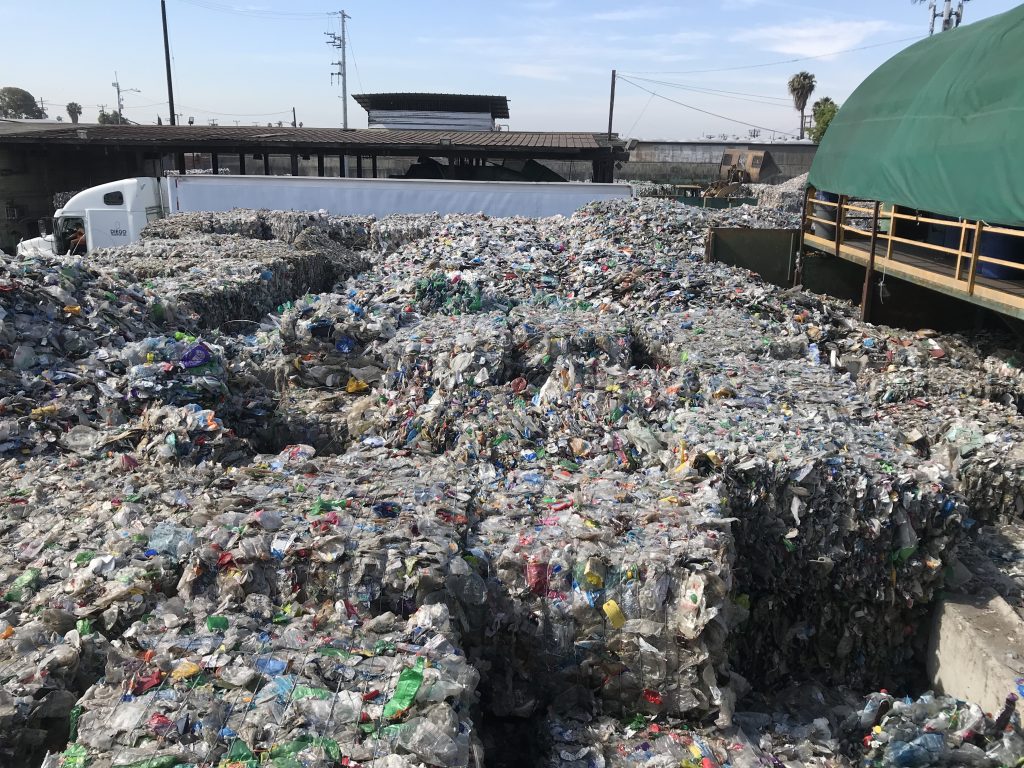
Residual MRFs, as you see pictured in this post, process the small, “fall through the cracks,” type items, like bottle caps, lighters and plastic packaging, like expanded polystyrene (aka Styrofoam).
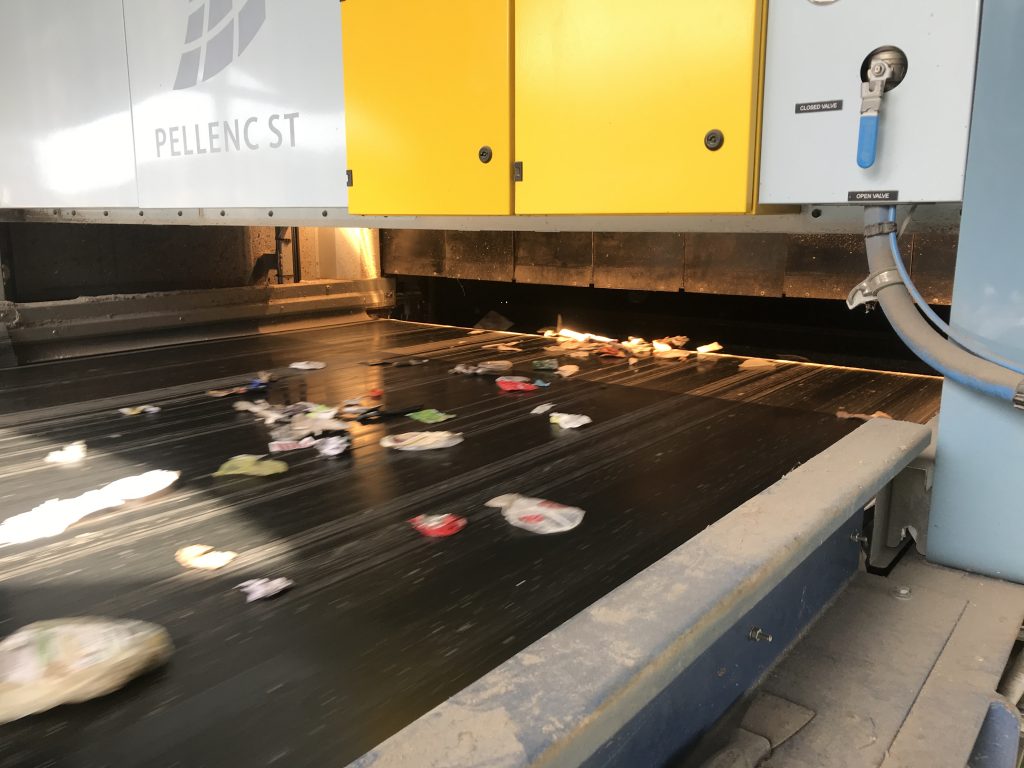
This particular facility also takes bales of plastics three through seven from those same primary MRFs. Many of the MRFs that don’t have a lot of technology will sort for the highest value items, like water bottles and other beverage containers that include a deposit like the California Redemption Value, and commingle bales of the lower value materials. Prior to the Fall of 2017, most facilities send these mixed bales to China for processing. After China implemented its National Sword policy, where they banned the import of 24 different commodities, large quantities of plastics that used to have markets were now without them.
Before I say how I really feel, I first want to acknowledge how grateful I was to have been able to visit this facility. The owner offered to take industry professionals on a tour to tout the effectiveness of his facility—the self-stated effectiveness of his facility.
There were a few takeaways I noted:
First: This facility only took in bales of plastic, yet there were quite a bit of metals and papers recovered.
Second: In addition to these lower value residuals, much of the metal and many of the plastic containers were beverage containers that participated in the California Redemption Value deposit program. These higher value items should have been recovered at the primary MRFs.
Third: Just because the materials were recovered does not mean they were going to good use. Note the picture of me with hard hat and safety vest with my hands outstretched with a, “what the f#ck? Look on my face. I am standing in front of bales of polystyrene and expanded polystyrene. These low value resins don’t really get recycled, but sometimes get reformed into something different. Once this facility gets a whole truckload worth of these plastics, they sell them to a vendor in Indiana. What that vendor does with the material, he didn’t know.
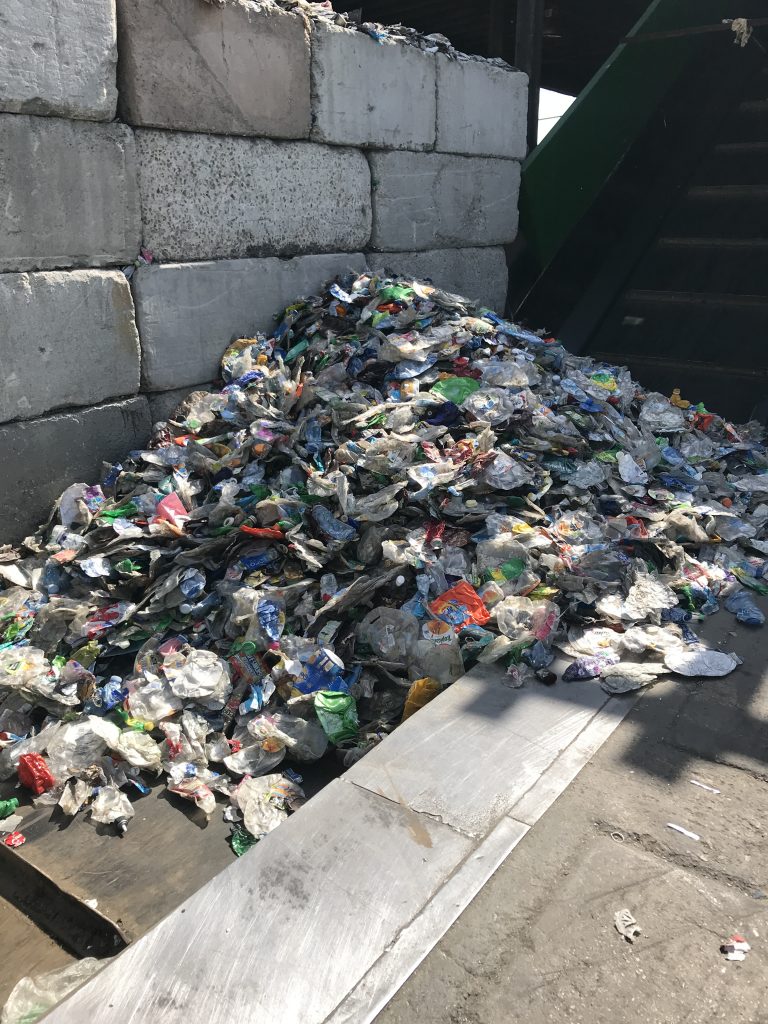
There was something else I learned that day too: Large cement kilns, which are used to heat raw materials up for manufacturing, are typically heated with coal. As it turns out, upwards of half of all material that is recovered at this facility is pelletized then sold as Refuse-derived Fuels to be used to heat cement kilns. In this instance, his market for this material is in Mexico but could just have easily been in the US.
I have a feeling that if people knew what was really happening to their materials after being through away, they might use less of it and also advocate for policies that make systems in general less wasteful.
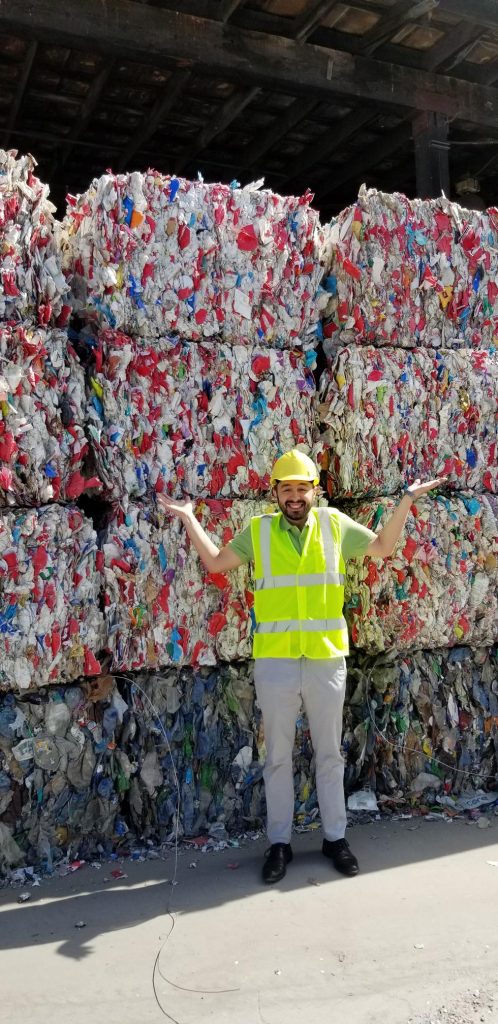
The last thing I will say is that, if I’m being honest, the material that was input into the facility looked exactly the same as the outputs. I saw recovered paper and beverage containers that were going to be trashed and polystyrene that allegedly had a market.
I saw air blowing, magnets attracting and humans picking across hundreds of feet of conveyors, and yet, it was unclear to me what was actually happening.
When I used to supervise people who loaded trailers in a UPS warehouse we would call it “package massaging.” It was this idea that employees would look busy but in reality, were just moving things around but not really getting work done.
I could go on about the ethical questions related to people working inside MRFs, but I will have to leave that for another day. What I hope you gain from reading this and looking at the pictures is that when it comes to recycling, we have a long way to go. And remember, just because you sort something into a recycle bin means it is actually going to be recycled.
I’d like to hear from you
Have you been inside a materials recovery facility, transfer station, compost facility or landfill? What did you think? I would like to hear about it. Share your experience in the comments below, or by sending me an email!
About the author
Jonathan Levy is an environmental consultant focused in solid waste and zero waste lifestyle enthusiast. When he isn’t knee-deep in a dumpster, you can find him entrenched in a book, hiking the San Gabriel mountains, or tending to his composting worms.
Other posts by Jonathan Levy
DIY – Build a Kick-ass Retail Quality Worm Compost Bin on a Budget
Compost Yourself on Choose Your Own Religion Podcast (interview)
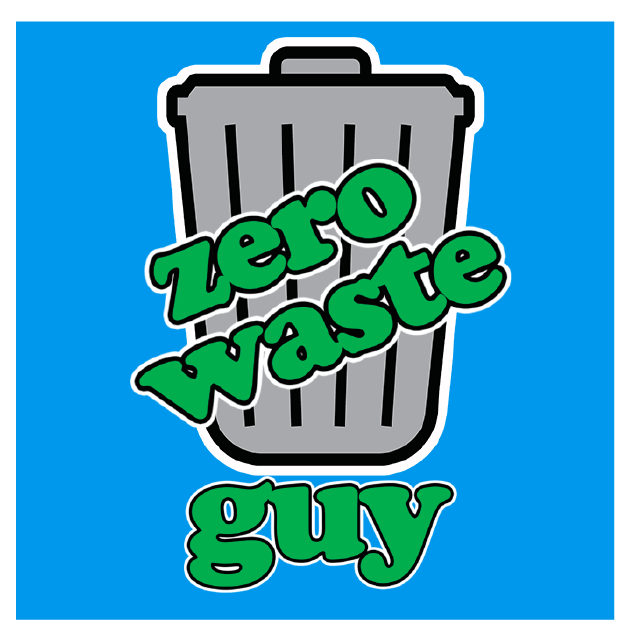
Hi Jonathan, Thanks for the insider info regarding MRFs. I want my students to tour our county recycling center, but until I can get access, your information is a great eye-opener. This is especially timely during plasticfreejuly2019. Thanks for your efforts – information is power! #frugalfani
Ani, thanks for your comment. Where are you located? In you are in LA County, the LA Sanitation Districts offers occasional tours of the Puente Hills MRF.
In the Philippines where I live in, at times it seems disheartening to practice the usual waste management system. Segregating non-biodegradable waste from biodegradable waste seemed pointless as I saw one garbage truck after another just dump the whole load into landfill, without even separating the recyclables from the non-recyclables. I know this because we live in a farm a few miles from the landfill.
That realization that waste is just dumped in landfills (in my country) led me to rethink my lifestyle and my relationship towards waste. I started going zero waste January this year after taking on minimalist living for months before that.
Given what you saw in your country, what do you recommend for people whose countries do not have a place to process recyclables and other waste effectively? How do we prevent all trash going to landfill?
I believe that most people either ignore the management of waste completely, or think about it only to be self righteous in ‘separating and recycling’, or evolved enough to recognize that what we are doing is mostly use work, that uses lots of energy to separate a small amount of trash, and are discouraged to realize the little headway that has been made.
Amazon as well as Walmart are not the bad guys- WE are. Until we eliminate our need for more stuff we are destined to be the driver of the endless waste we are generating.
Be the catalyst for change by eating everything you buy or composting it Start small, buy repairing things that break, or taking a break from buying ANYTHING new.
I hear you. Amazon and Walmart, like any other for-profit corporation, follow the money. It is sooooo hard, but you’re right, no one is being forced to shop on Amazon Prime. It’s a conscious choice.
So interesting! I was shocked when I learned how little of our ‘recycling’ actually gets recycled, and this definitely helped to put that knowledge into context.
Yes, it’s horrible. We have been totally mislead by our local governments. They love to brag out how much material we are diverting from landfills, but seem less concerned about what actually happens to it.